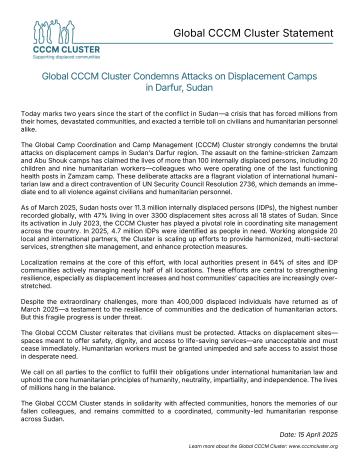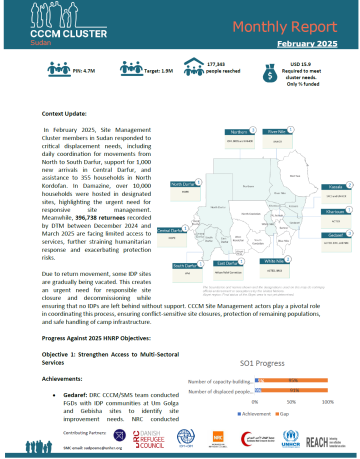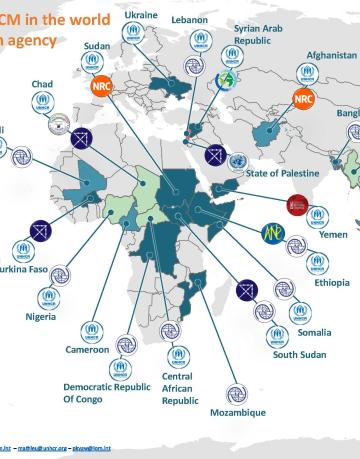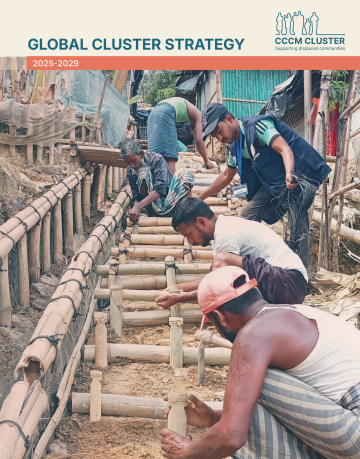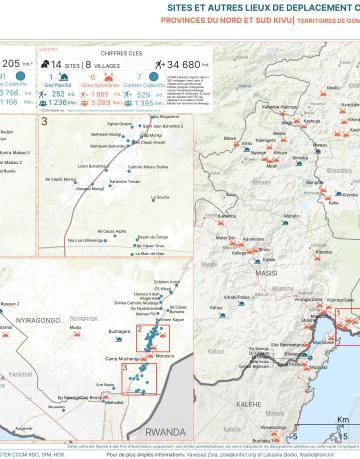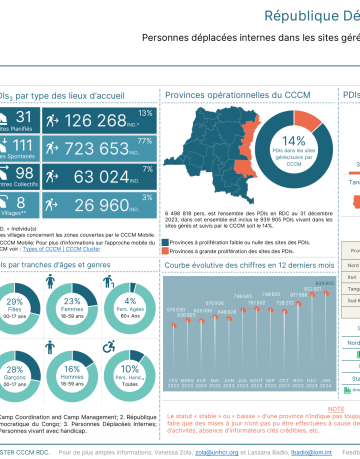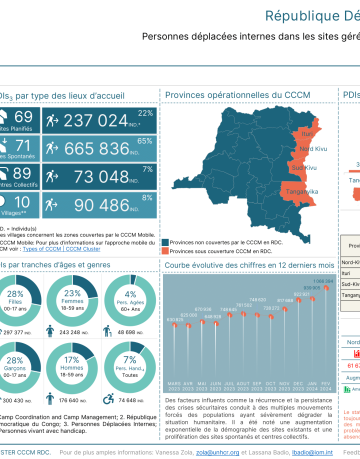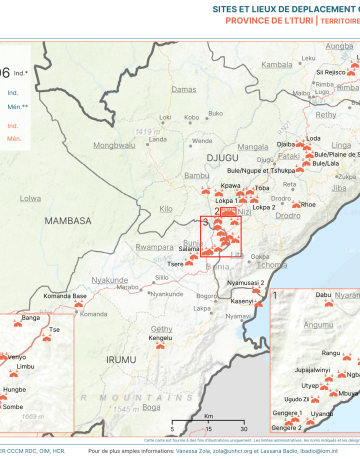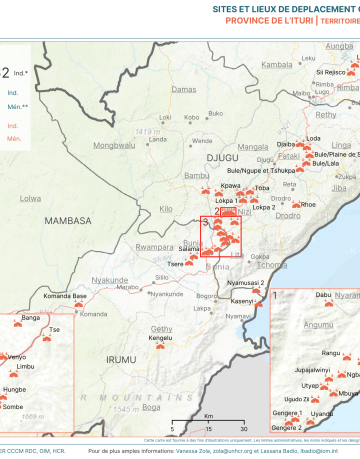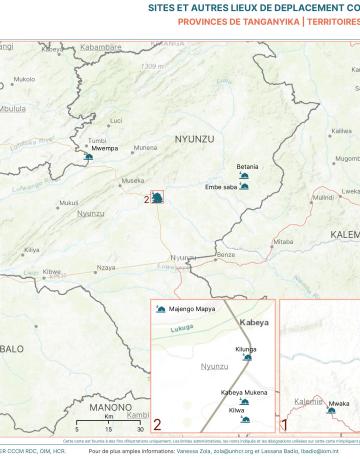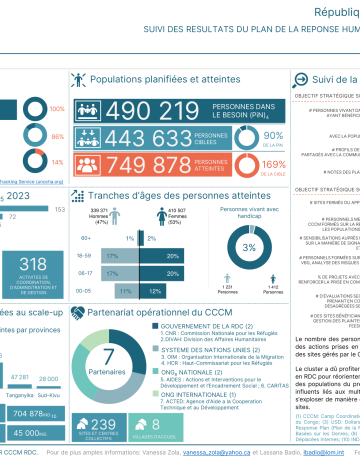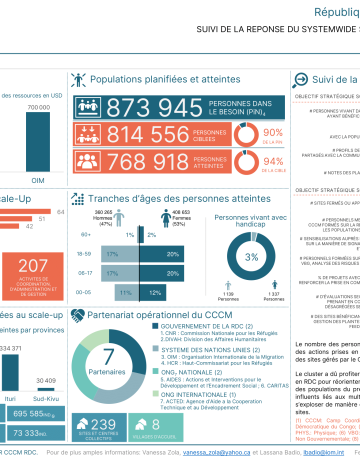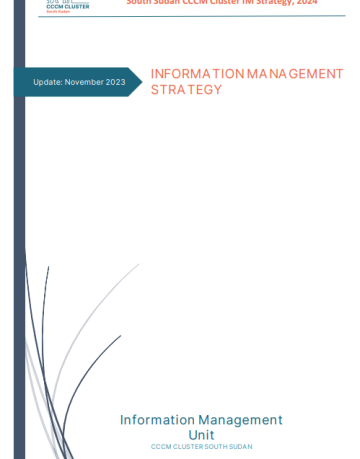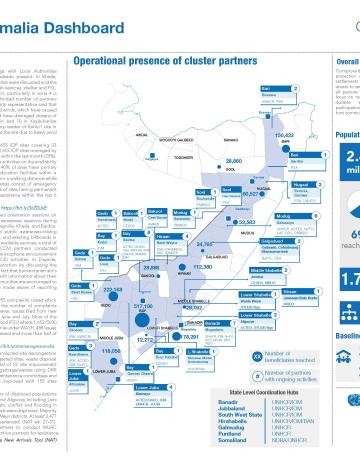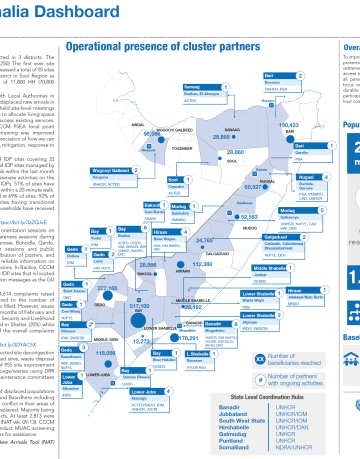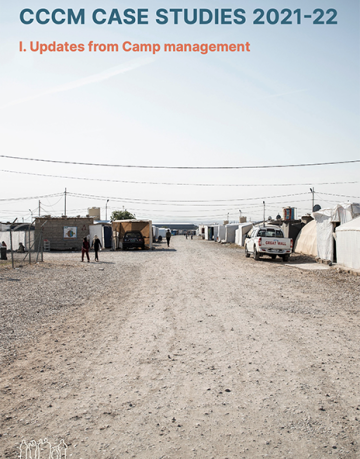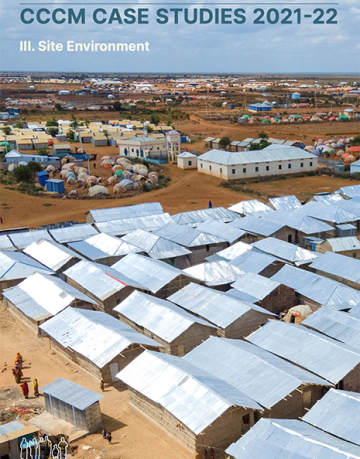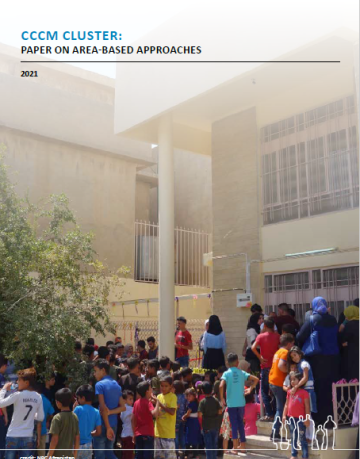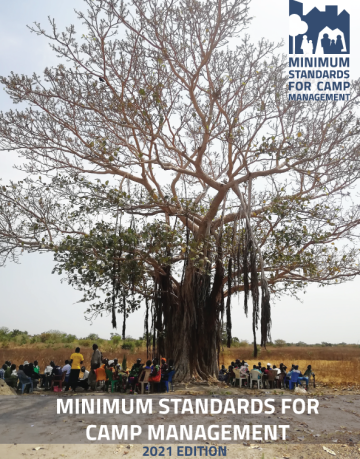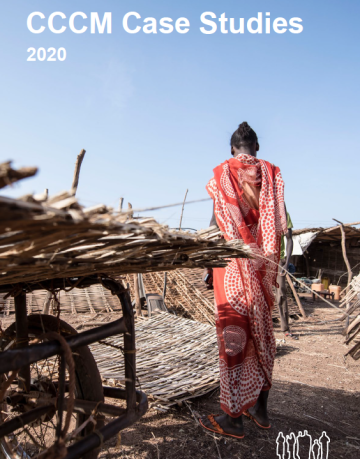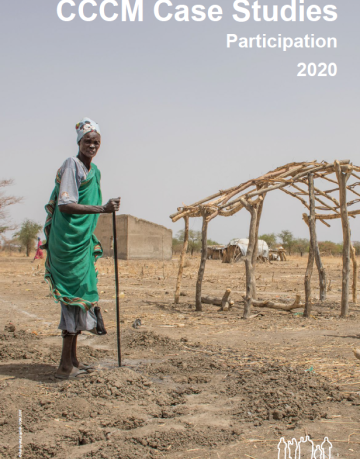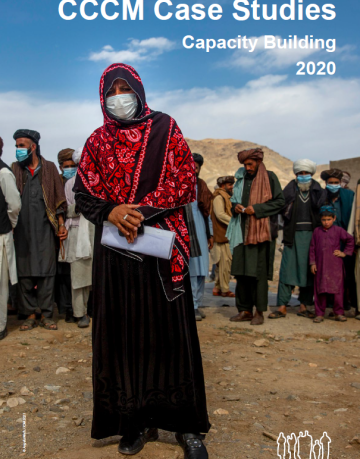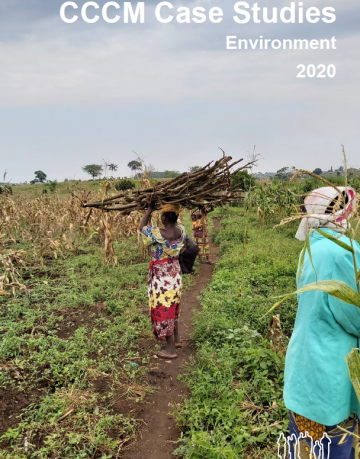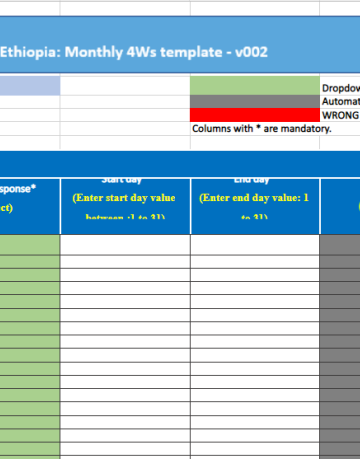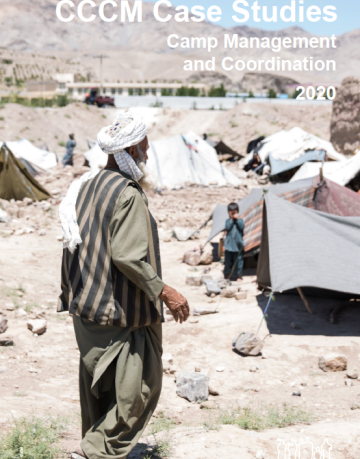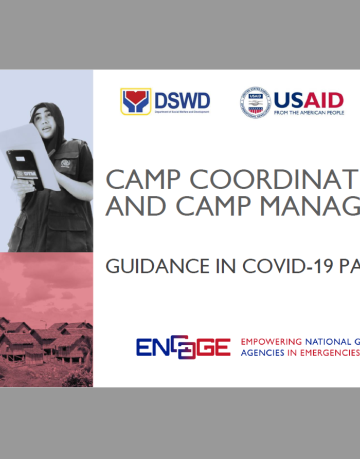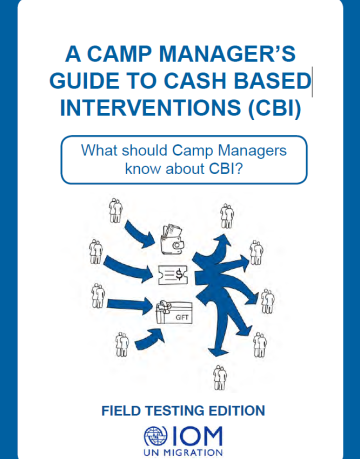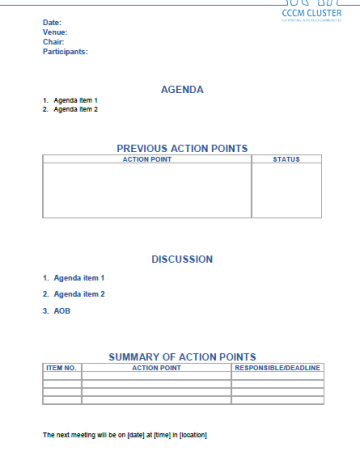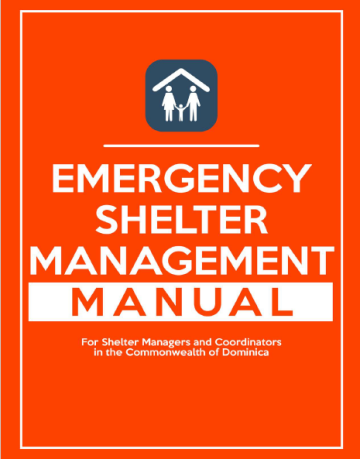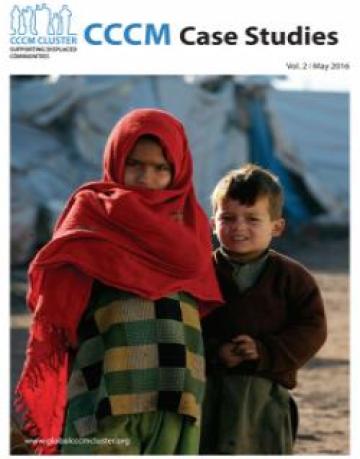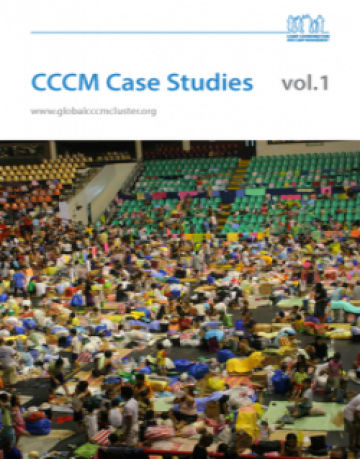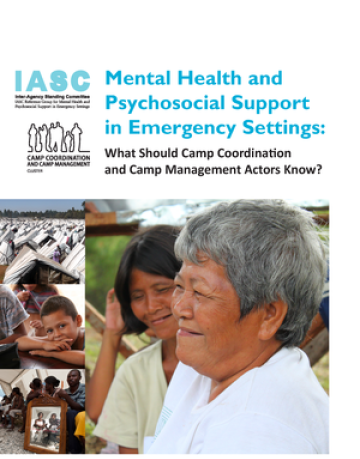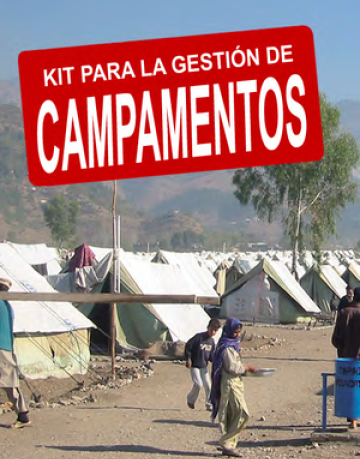A.03.01 NON-ACTIVATION
IOM (2010-01) WEST SUMATRA EARTHQUAKE RESPONSE - 2010 FACT SHEET
Section: Whole document (pp1-4) Local link | Web link 1 | Web link 2
Example of IOM activities in a natural disaster (Indonesia Earthquake, 2009) when the CCCM Cluster is not activated. In this instance, IOM worked closely with the Shelter Cluster.
Section: (p) Local link | no link | no link
A.03.02 ACTIVATION
IASC (2010-11) Handbook For RCS And HCS On Emergency Preparedness And Response
Section: 3. Establish and lead humanitarian coordination mechanisms (pp34-55)
Overview of the set-up of the HCT and Cluster Coordination system from the point of view of RC/HC.
IASC (2012-04) Transformative Agenda: How The System Responds To Level 3 (L3) Emergencies
Section: Whole document (pp1-5)
Breaks down humanitarian response to Level 3 emergencies into following steps: - HQ level - Step 1: Initial Analysis & Decision - HQ level - Step 2: System Activation - Field Level - Step 1: Immediate Response - HQ level - Step 3: Follow-Up/Support
IASC (2012-04) TA Protocol 2: Humanitarian System-wide Emergency Activation: Definition And Procedures (Transformative Agenda)
Section: Whole document (pp1-6)
"The IASC Principals have agreed that major sudden-onset humanitarian crises triggered by natural disasters or conflict which require system-wide mobilization (so-called ‘Level 3/L3’ emergencies) are to be subject to a Humanitarian System-Wide Emergency Activation."
UNOCHA (2012-04) Level 3 Emergency Response Timeline (Graphic)
Section: Whole document (pp1)
Graphical overview of key milestones in the first 3 months of a response to Level 3 emergency.
IASC (2012-08) TA Protocol 4: Reference Module For Cluster Coordination At The Country Level (Transformative Agenda)
Section: 1. Cluster Activation (pp4-5)
Section covers: - Criteria for cluster activation - Activation procedures - Addressing issues which cut across clusters
A.03.03 DE-ACTIVATION
IASC (2012-08) TA Protocol 4: Reference Module For Cluster Coordination At The Country Level (Transformative Agenda)
Section: Cluster de-activation (pp6-8)
Section covers: - The basics of cluster de-activation - Importance of analyzing the context when deciding on de-activation - Additional considerations - Transitional arrangements - Separating de-activation from funding and participation - Periodic review of clusters’ status




